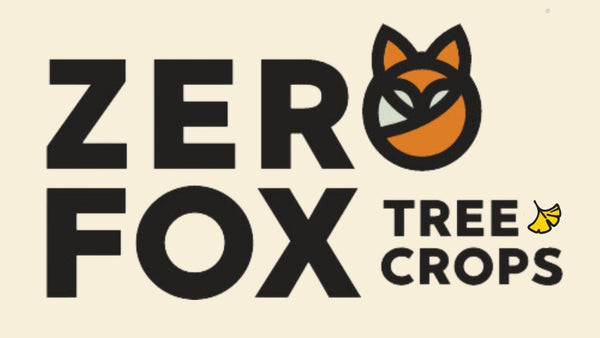Sugar Berry Tree (Celtis occidentalis)
Sugar Berry Tree (Celtis occidentalis)
Couldn't load pickup availability
Why We Grow It
Why We Grow It
We grow sugarberry for its resilience, ecological value, and versatility in both naturalized and cultivated landscapes. It’s a hardy native that supports wildlife, handles tough sites, and provides shade, shelter, and seasonal fruit with almost no maintenance. For food forests and regenerative plantings, sugarberry is a dependable backbone species that performs where more sensitive trees fail.
How the Plant Grows
How the Plant Grows
Sugarberry grows into a medium to large tree with a broad, arching crown and strong branching structure. It produces small, sweet drupes that ripen in late summer to fall, and its bark develops the distinctive warty, corky ridges characteristic of hackberries. This species thrives in heat, withstands drought and wind, and grows well in poor or compacted soils, making it highly reliable in difficult or variable conditions.
Plant Size
Plant Size
Size at Maturity- 40–60 ft tall in ideal conditions, 30–50 ft wide. Can persist as a small tree and be pruned to stay at a reasonable height
Current Size- 2 year old 1.5'-3'
Additional Info
Additional Info
Fruits are small but sweet and edible; historically used as a traditional food and valued for wildlife. Large seed but this can be ground up or chewed upon eating. Makes great fruit 'jerky' (because of the seeds there is more protein and grit)
Sugarberry is a tough, adaptable native tree known for its resilience and ability to thrive where other species struggle. It handles drought, heat, wind, poor soils, and urban conditions with ease while still developing into a strong, attractive shade tree. The small, sweet, date-like fruits are valued by wildlife and historically eaten or ground into meal. This is a reliable, low-maintenance choice for food forests, shelterbelts, ecological plantings, or growers looking for a hardy, multifunctional tree with strong environmental value. Replacement for elm trees as it is resistant to dutch elm disease but in the same family as elms.
Share
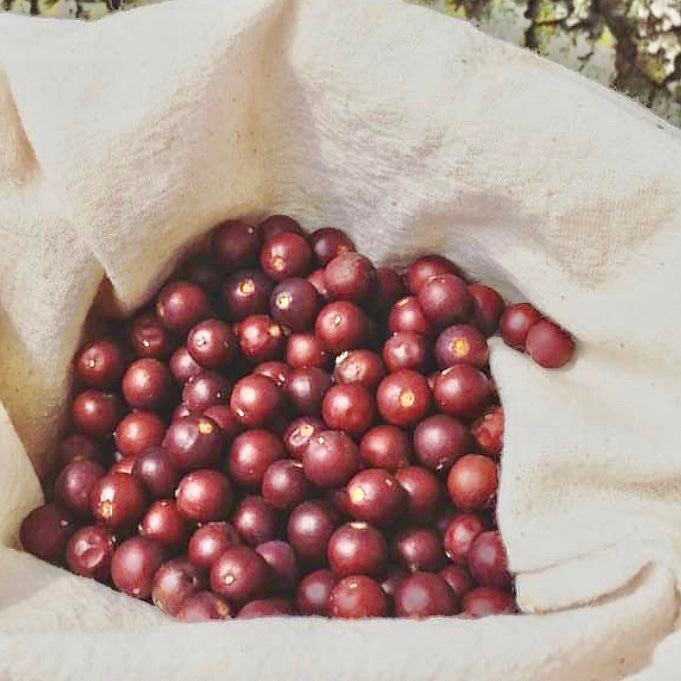
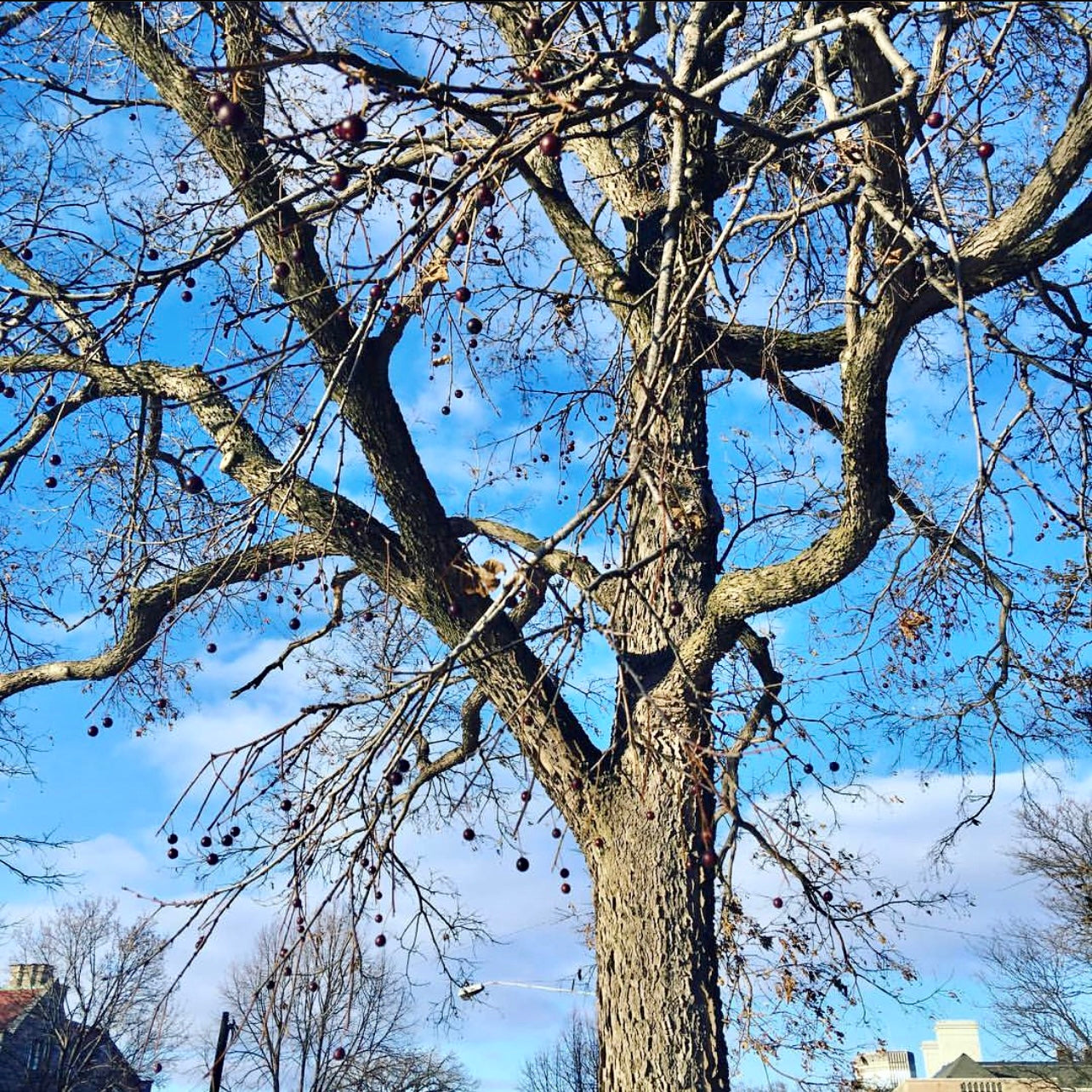
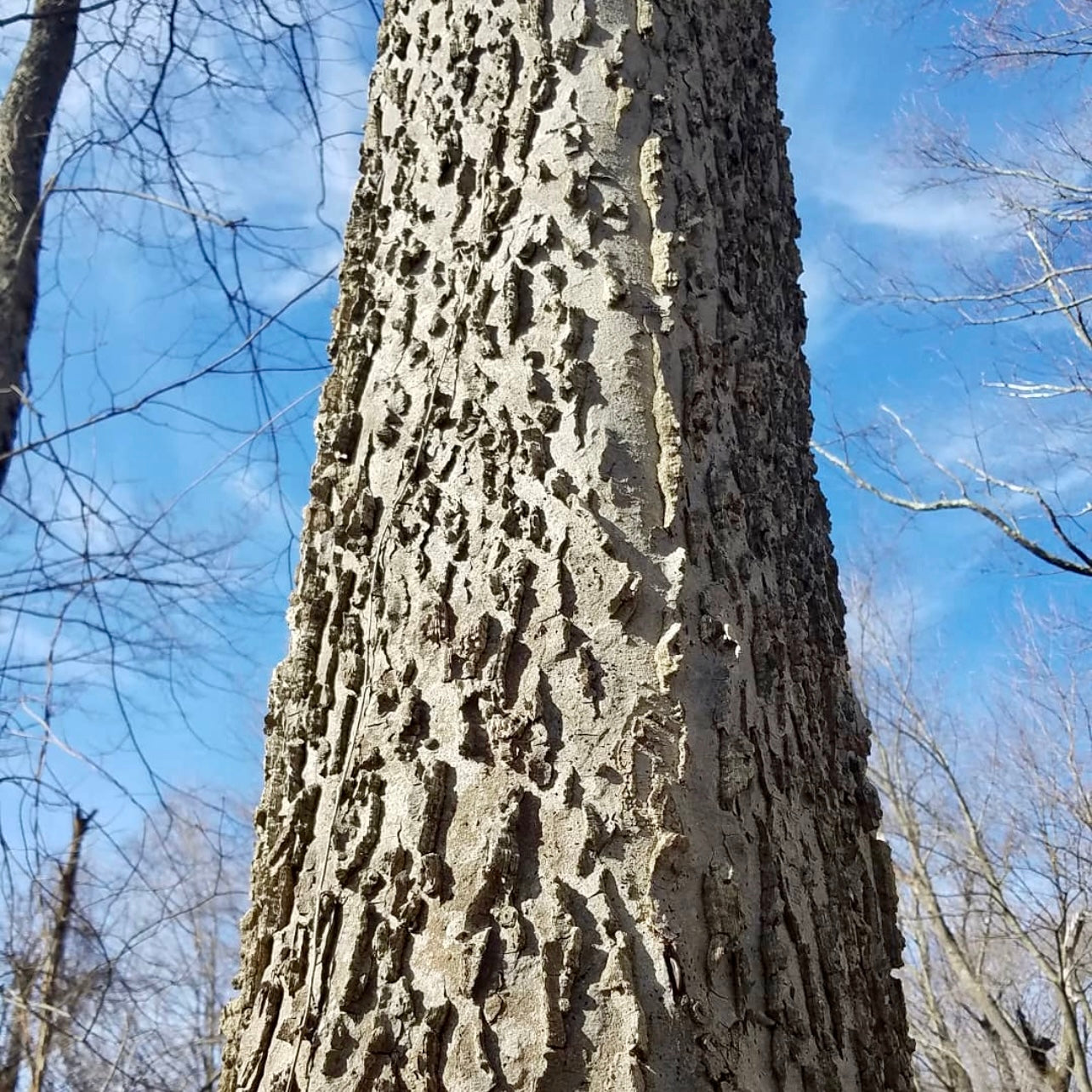
Plant Highlights
-

Water
Low to moderate; very drought tolerant once established
-
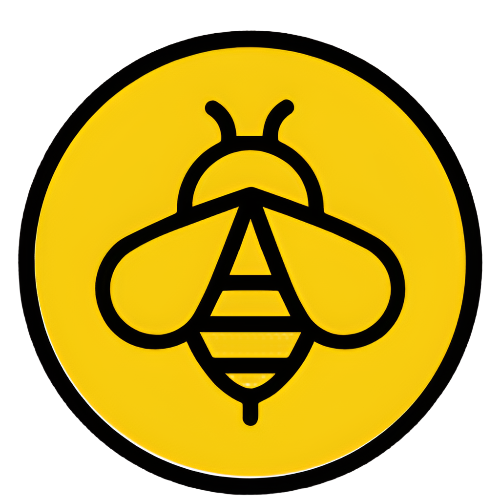
Pollination
Self-fertile but benefits from a few friends nearby
-

Soil
Extremely adaptable; tolerates clay, sand, gravel, dry soils, alkaline soils, and compacted or disturbed ground
-
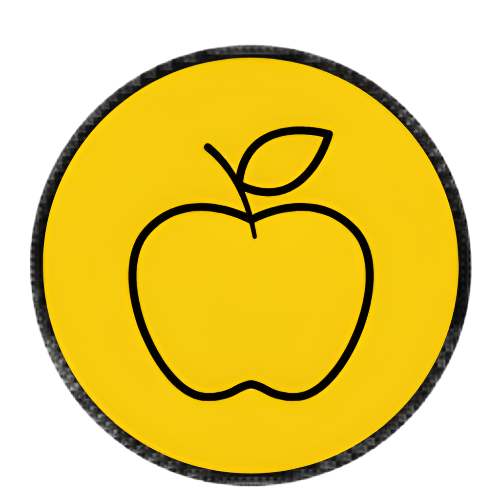
Years to Bear
8–12 years (earlier in warm sites)
-

Hardiness
Zone 3–9 (–40°C to –7°C)
-
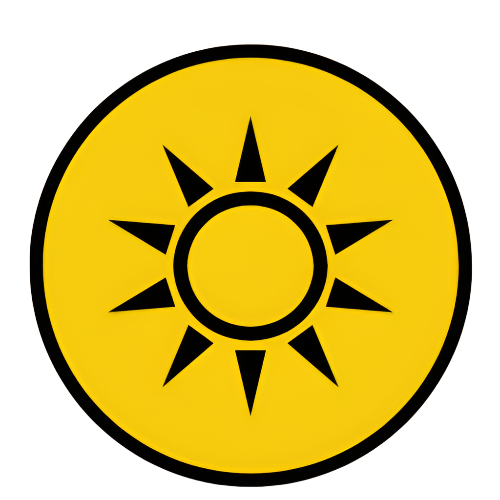
Solar
Full sun to light shade
Subscribe to our emails
Lots of Free Growing Info. Be the first to know about new plants and exclusive discounts.
